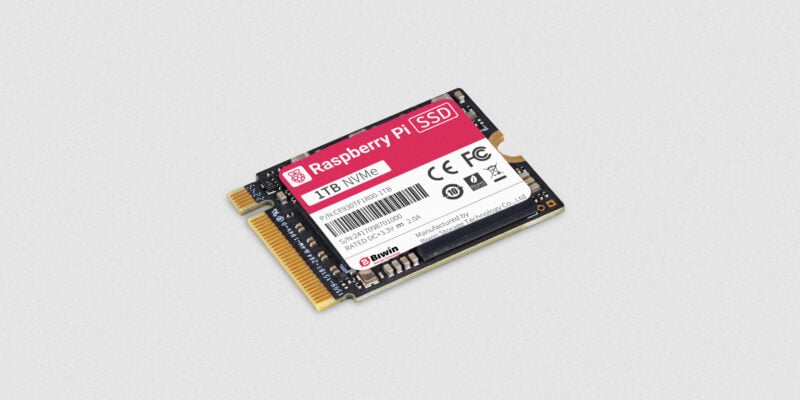Soft robot
By Ben Everard. Posted
This article was originally published as part of HackSpace magazine, which has since been incorporated into Raspberry Pi Official Magazine.

Hydraulic actuators work the way they do because the fluid under pressure performs uniformly: move a piston 50% of the way along its length, and the connected arm, leg, or whatever, will also move 50% of the way it’s built to.

This robot, built by researchers at Cornell University’s College of Engineering, uses a different approach. By using viscous fluid, which behaves unevenly, the team were able to get the actuators in the robotic legs to move more smoothly. The difference is akin to that between a jointed limb on a mammal and the movement of a caterpillar or worm; the clever thing is that by utilising the properties inherent in a viscous fluid, the hope is that robots using these actuators will need less computing power to perform quite complicated movements.
Advertisement
The desktop computer you've been waiting for: Raspberry Pi 500+

Ben is the Editor of HackSpace magazine. When not wrangling words, he enjoys cycling, gardening, and attempting to identify wild mushrooms.
Subscribe to Raspberry Pi Official Magazine
Save up to 37% off the cover price and get a FREE Raspberry Pi Pico 2 W with a subscription to Raspberry Pi Official Magazine.
More articles

Raspberry Pi 500+ in Raspberry Pi Official Magazine issue 158
We’re quite taken with Raspberry Pi 500+. But when you don’t need all that processing power, and just want a board that will make a plastic skeleton jump around in a terrifying manner, you’ll find Raspberry Pi Pico more than up to the job. There’s more terror in the magazine (which is only right as […]
Read more →

Win one of five Raspberry Pi SSD 1TB
Raspberry Pi prides itself on high quality hardware, and this 1TB Raspberry Pi SSD is no different. You can use it with a standard Raspberry Pi or even in your desktop PC – the choice is yours. We have five to give away and you can enter below Win 1 of 5 Raspberry Pi SSD […]
Read more →

Dual-screen cyberdeck
Twin screens mean you can code on one screen while watching David Bowie’s 1978 Musikladen show on the other.
Read more →
Sign up to the newsletter
Get every issue delivered directly to your inbox and keep up to date with the latest news, offers, events, and more.
